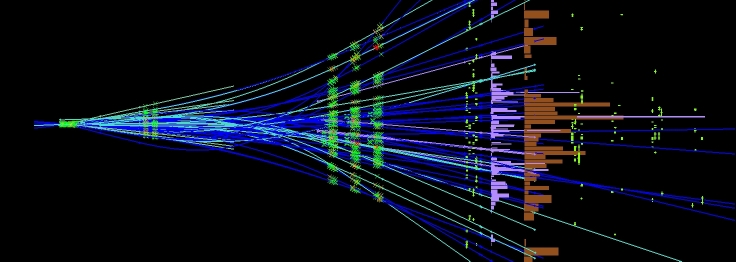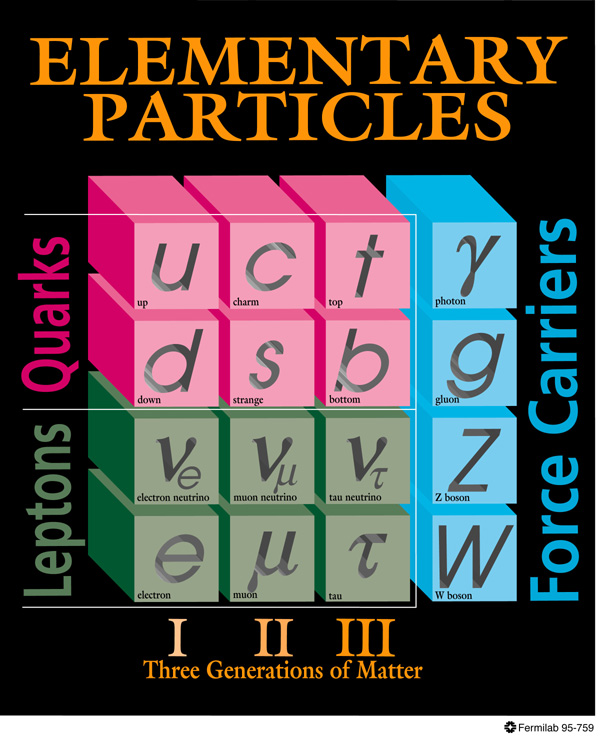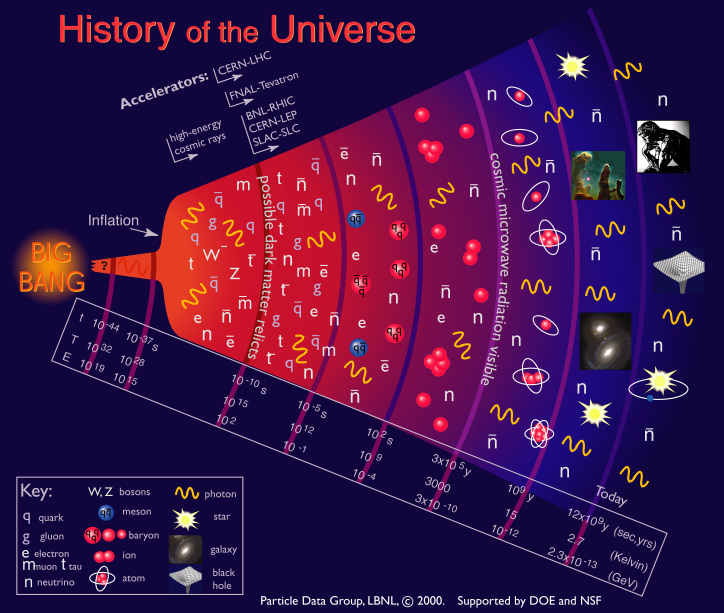Marcel Merk : Research

Menu:
Updated:
May 11, 2016
Standard Model of Particle Physics
 In particle physics we study the fundamental constituents of matter and their interactions. During the last century a theoretical quantum theory was developed, known as the Standard Model. This model incorporates a unifying description for electromagnetism, the weak nuclear force and the strong nuclear force. Attempts to include the final remaining force, gravity, are ongoing but remain untested.
In particle physics we study the fundamental constituents of matter and their interactions. During the last century a theoretical quantum theory was developed, known as the Standard Model. This model incorporates a unifying description for electromagnetism, the weak nuclear force and the strong nuclear force. Attempts to include the final remaining force, gravity, are ongoing but remain untested.
Although the Standard Model provides a consistent description there are reasons to believe that it cannot be a complete or fundamental theory:
- Many parameters, in particular the masses of the elementary particles, remain unexplained,
- It can not explain the cosmic matter versus antimatter asymmetry,
- It does not explain why Nature includes three generations of fundamental particle,
- It does not include a candidate particle for the observed dark matter in the universe,
- It does not include a theory for gravitation: the fourth force of nature,
- It does not explain why the charge of the electron is exactly opposite to that of the proton .
Experimental particle physics tests the Standard Model and looks for possible deviations occuring in nature. Although some hints for deviations are reported no decisive observations have been made to date. My research is carried out at the LHCb Experiment at CERN.
B-Physics
In B-physics the interactions of particles containing b-quarks are studied: the B-hadrons. Due to the fact b-quark is a heavy quark of the third generation, B-hadrons can be used for quantitative comparisons between theory and experiments. The research focusses on two main topics:
- A precise measurement of CP violation: an asymmetry in the laws of nature between matter and antimatter. The goal is to find new sources of this asymmetry in order to explain the cosmological absence of antimatter.
- A search for decays which are forbidden or strongly suppressed in the Standard Model theory in order to discover new particles or forces.
The Cosmic Matter - Antimatter Asymmetry
 From the observations of the cosmic microwave background radiation the initial matter - antimatter asymmetrie (before the annihilation of all antimatter) is believed to be 10^-9.
Andrei Sacharov has formulated three general conditions that are required to explain the observed matter - antimatter asymmetry:
From the observations of the cosmic microwave background radiation the initial matter - antimatter asymmetrie (before the annihilation of all antimatter) is believed to be 10^-9.
Andrei Sacharov has formulated three general conditions that are required to explain the observed matter - antimatter asymmetry:
- Baryon number violating processes should occur,
- C as well as CP violating interactions should occur,
- The universe should be in a situation of thermal non-equilibrium.
Rare B-Decays
Another method to search for new particles and interactions is to look for B-meson decay processes that are not allowed, or strongly suppressed, in the Standard Model. If additional particles or forces carriers exist such decays could occur more frequently and have characteristic features with signatures for these new particles. LHCb searches for such events.